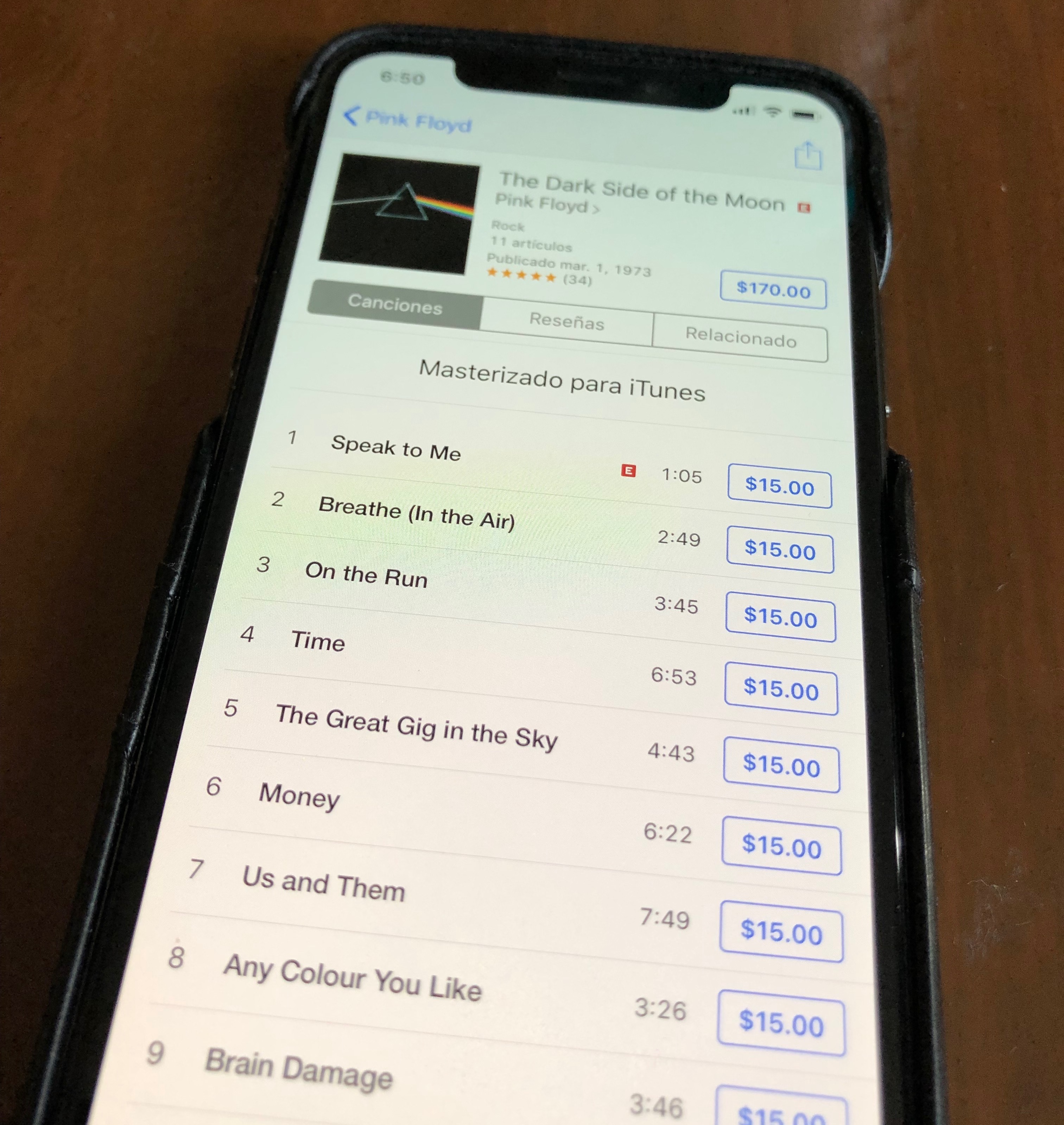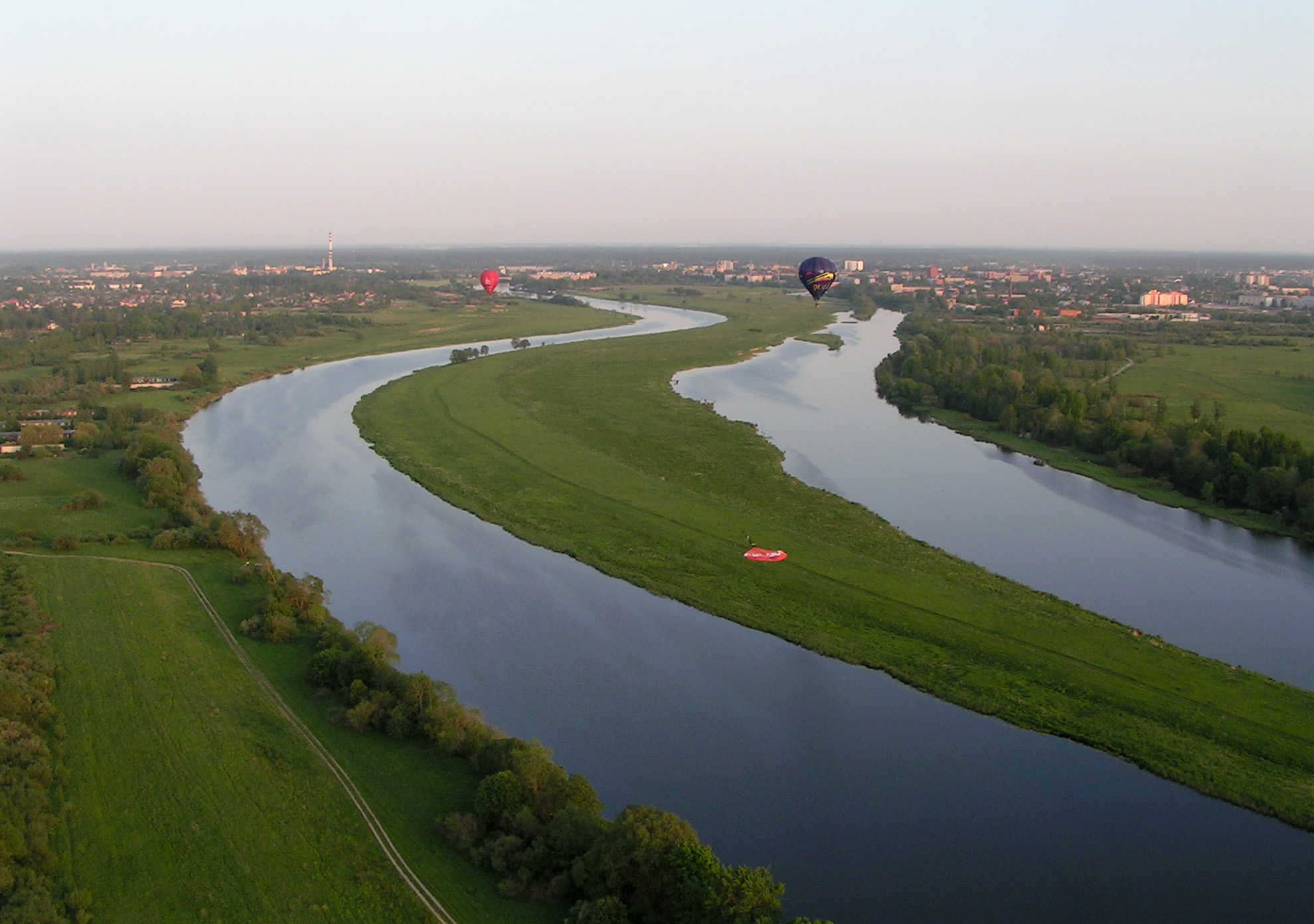|
Man ļoti Patīk Jaunais Vilnis
''Man ļoti patīk jaunais vilnis'' is the second album by Latvian band Dzeltenie Pastnieki, released through magnitizdat in 1982, and 'officially' in 2003. The name of the album is Latvian for "I really like new wave". It was essentially recorded on the premises of the fishing kolkhoz "Uzvara" in Lielupe, Jūrmala. Track listing #"Kāpēc tu mani negribi?" ( Ingus Baušķenieks/Roberts Gobziņš/Mārtiņš Rutkis/Viesturs Slava/Zigmuns Streiķis) #"Bezcerīgā dziesma" (Baušķenieks/Gobziņš/Andris Kalniņš/Rutkis/Slava) #"Ai, sūnu zaļais (koši dzeltenais)" (Baušķenieks/Slava/Streiķis/Hardijs Lediņš) #"Ko labāk vēlies" (Baušķenieks/Slava/Streiķis) #"Nāc un piedod" (Baušķenieks/Rutkis/Slava/Streiķis) #"Mana vasara aiziet" (Baušķenieks/Streiķis) #"Trakais pastnieks" (Baušķenieks/Slava/Streiķis) #"Man ļoti patīk jaunais vilni" (Baušķenieks/Gobziņš/Slava) Credits *Vocal on track 1 — Edīte Grīnberga *Percussion on track 8 — Ņikita *Front ... [...More Info...] [...Related Items...] OR: [Wikipedia] [Google] [Baidu] |
Album
An album is a collection of audio recordings issued on compact disc (CD), Phonograph record, vinyl, audio tape, or another medium such as Digital distribution#Music, digital distribution. Albums of recorded sound were developed in the early 20th century as individual Phonograph record#78 rpm disc developments, 78 rpm records collected in a bound book resembling a photograph album; this format evolved after 1948 into single vinyl LP record, long-playing (LP) records played at revolutions per minute, rpm. The album was the dominant form of recorded music expression and consumption from the mid-1960s to the early 21st century, a period known as the album era. Vinyl LPs are still issued, though album sales in the 21st-century have mostly focused on CD and MP3 formats. The 8-track tape was the first tape format widely used alongside vinyl from 1965 until being phased out by 1983 and was gradually supplanted by the cassette tape during the 1970s and early 1980s; the populari ... [...More Info...] [...Related Items...] OR: [Wikipedia] [Google] [Baidu] |
Magnitizdat
''Magnitizdat'' () was the process of copying and distributing audio tape recordings that were not commercially available in the Soviet Union. It is analogous to ''samizdat'', the method of disseminating written works that could not be officially published under Soviet political censorship. It is technically similar to bootleg recordings, except it has a political dimension not usually present in the latter term. Terminology The term ''magnitizdat'' comes from the Russian words ''magnitofon'' () and ''izdatel’stvo'' (). Technology Magnetic tape recorders were rare in the Soviet Union before the 1960s. During the 1960s, the Soviet Union mass-produced reel-to-reel tape recorders for the consumer market. In addition, Western and Japanese tape recorders were sold through secondhand shops and the black market. According to Alexei Yurchak, in contrast to ''samizdat'', “''magnitizdat'' managed to elude state control by virtue of its technological availability and privacy.” ... [...More Info...] [...Related Items...] OR: [Wikipedia] [Google] [Baidu] |
Discogs
Discogs (short for discographies) is a database of information about audio recordings, including commercial releases, promotional releases, and bootleg or off-label releases. While the site was originally created with a goal of becoming the largest online database of electronic music, the site now includes releases in all genres on all formats. After the database was opened to contributions from the public, rock music began to become the most prevalent genre listed. , Discogs contains over 15.7 million releases, by over 8.3 million artists, across over 1.9 million labels, contributed from over 644,000 contributor user accounts – with these figures constantly growing as users continually add previously unlisted releases to the site over time. The Discogs servers, currently hosted under the domain name discogs.com, are owned by Zink Media, Inc. and located in Portland, Oregon, United States. History The discogs.com domain name was registered in August 2000, and Discogs itself ... [...More Info...] [...Related Items...] OR: [Wikipedia] [Google] [Baidu] |
FLAC
FLAC (; Free Lossless Audio Codec) is an audio coding format for lossless compression of digital audio, developed by the Xiph.Org Foundation, and is also the name of the free software project producing the FLAC tools, the reference software package that includes a codec implementation. Digital audio compressed by FLAC's algorithm can typically be reduced to between 50 and 70 percent of its original size and decompresses to an identical copy of the original audio data. FLAC is an open format with royalty-free licensing and a reference implementation which is free software. FLAC has support for metadata tagging, album cover art, and fast seeking. History Development was started in 2000 by Josh Coalson. The bit-stream format was frozen when FLAC entered beta stage with the release of version 0.5 of the reference implementation on 15 January 2001. Version 1.0 was released on 20 July 2001. On 29 January 2003, the Xiph.Org Foundation and the FLAC project announced the incorporat ... [...More Info...] [...Related Items...] OR: [Wikipedia] [Google] [Baidu] |
Music Download
A music download (commonly referred to as a digital download) is the digital transfer of music via the Internet into a device capable of decoding and playing it, such as a personal computer, portable media player, MP3 player or smartphone. This term encompasses both legal downloads and downloads of copyrighted material without permission or legal payment. According to a Nielsen report, downloadable music accounted for 55.9 percent of all music sales in the US in 2012."All music sales" refers to albums plus track equivalent albums. A track equivalent album equates to 10 tracks. By the beginning of 2011, Apple's iTunes Store alone made 1.1 billion of revenue in the first quarter of its fiscal year. Music downloads are typically encoded with modified discrete cosine transform (MDCT) audio data compression, particularly the Advanced Audio Coding (AAC) format used by iTunes as well as the MP3 audio coding format. Online music store Paid downloads are sometimes encoded with d ... [...More Info...] [...Related Items...] OR: [Wikipedia] [Google] [Baidu] |
Compact Disc
The compact disc (CD) is a Digital media, digital optical disc data storage format that was co-developed by Philips and Sony to store and play digital audio recordings. In August 1982, the first compact disc was manufactured. It was then released in October 1982 in Japan and branded as ''Compact Disc Digital Audio, Digital Audio Compact Disc''. The format was later adapted (as CD-ROM) for general-purpose data storage. Several other formats were further derived, including write-once audio and data storage (CD-R), rewritable media (CD-RW), Video CD (VCD), Super Video CD (SVCD), Photo CD, Picture CD, Compact Disc-Interactive (CD-i) and Enhanced Music CD. Standard CDs have a diameter of and are designed to hold up to 74 minutes of uncompressed stereo digital audio or about 650 mebibyte, MiB of data. Capacity is routinely extended to 80 minutes and 700 mebibyte, MiB by arranging data more closely on the same sized disc. The Mini CD has various diameters ranging from ; t ... [...More Info...] [...Related Items...] OR: [Wikipedia] [Google] [Baidu] |
Mārtiņš Saulespurēns
Blue Microphones (legally Baltic Latvian Universal Electronics, LLC) is an American audio production company owned by Logitech that designs and produces microphones, headphones, recording tools, signal processors, and music accessories for audio professionals, musicians and consumers. History BLUE Microphones was founded in 1995 by American session musician Skipper Wise and Latvian recording engineer Mārtiņš Saulespurēns. The company's name is a backronym for ''Baltic Latvian Universal Electronics''. The company was started up in Latvia, with the development of the first few prototypes happening there, and now it is headquartered in Westlake Village, California, United States. BLUE Microphones first creation was the “bottle,” a versatile studio XLR microphone encompassing interchangeable capsules curated to isolate sonic signatures for any application which became widely used among professional recording musicians. The concept of this came from Skipper’s daughter Jes ... [...More Info...] [...Related Items...] OR: [Wikipedia] [Google] [Baidu] |
Gvido Kajons
Gvido is a Latvian masculine given name that may refer to the following notable people: *Gvido Birolla (1881–1963), Slovene painter, illustrator and caricaturist *Gvido Jekals (1904–1969), Latvian sprinter and decathlete *Gvido Miezis Gvido Miezis (born 9 September 1980) is a Latvian cyclist. He competed in the men's track time trial at the 2000 Summer Olympics The 2000 Summer Olympics, officially the Games of the XXVII Olympiad and also known as Sydney 2000 (Dharug: ... (born 1980), Latvian cyclist {{surname Latvian masculine given names Masculine given names ... [...More Info...] [...Related Items...] OR: [Wikipedia] [Google] [Baidu] |
Roberts Gobziņš
Roberts Gobziņš (born 13 July 1964 in Riga, Latvian SSRRudaks, Uldis (2002). "Visiem sauli, vectēvu un zivis". ''Izklaide'' September 6: 3. Retrieved on 2008-03-04.), also known as Eastbam or East Bam (as a result of his artistic connections with Westbam) is a Latvian entertainer. His career has encompassed work as a musician, DJ, MC, |
Lielupe
The Lielupe ( in Latvian literally: ''Large River'', lt, Lielupė, german: Kurländische Aa) is a river in central Latvia. Its length is (the length would reach if the Mēmele River were counted as part of the Lielupe). The surface area of its drainage basin is . The average fall of the Lielupe is about () and its average flow is , although a maximum of has been reached during floods. Physical geography The Lielupe begins at the confluence of the Mēmele and Mūsa rivers near Bauska. For the upper part of its course, the river flows through a dolomite valley with a few small rapids, until it reaches Mežotne, where it widens and deepens over the flat Zemgale Plain. For many years the Lielupe would frequently overflow its shallow banks and flood surrounding fields and villages, particularly during the spring thaw. Today many parts of the Lielupe's banks are contained with earthen dikes to prevent disastrous floods. Much of the Lielupe is covered in river grasses. At its ... [...More Info...] [...Related Items...] OR: [Wikipedia] [Google] [Baidu] |
Latvian Language
Latvian ( ), also known as Lettish, is an Eastern Baltic language belonging to the Baltic branch of the Indo-European language family, spoken in the Baltic region. It is the language of Latvians and the official language of Latvia as well as one of the official languages of the European Union. There are about 1.3 million native Latvian speakers in Latvia and 100,000 abroad. Altogether, 2 million, or 80% of the population of Latvia, speak Latvian. Of those, around 1.16 million or 62% of Latvia's population use it as their primary language at home, however excluding the Latgale Region it is spoken as a native language in villages and towns by over 90% of the population. As a Baltic language, Latvian is most closely related to neighboring Lithuanian (as well as Old Prussian, an extinct Baltic language); however Latvian has followed a more rapid development. In addition, there is some disagreement whether Latgalian and Kursenieki, which are mutually intelligible with Latvian, s ... [...More Info...] [...Related Items...] OR: [Wikipedia] [Google] [Baidu] |
Musical Ensemble
A musical ensemble, also known as a music group or musical group, is a group of people who perform instrumental and/or vocal music, with the ensemble typically known by a distinct name. Some music ensembles consist solely of instrumentalists, such as the jazz quartet or the orchestra. Other music ensembles consist solely of singers, such as choirs and doo wop groups. In both popular music and classical music, there are ensembles in which both instrumentalists and singers perform, such as the rock band or the Baroque chamber group for basso continuo ( harpsichord and cello) and one or more singers. In classical music, trios or quartets either blend the sounds of musical instrument families (such as piano, strings, and wind instruments) or group together instruments from the same instrument family, such as string ensembles (e.g., string quartet) or wind ensembles (e.g., wind quintet). Some ensembles blend the sounds of a variety of instrument families, such as the orchestra, ... [...More Info...] [...Related Items...] OR: [Wikipedia] [Google] [Baidu] |





